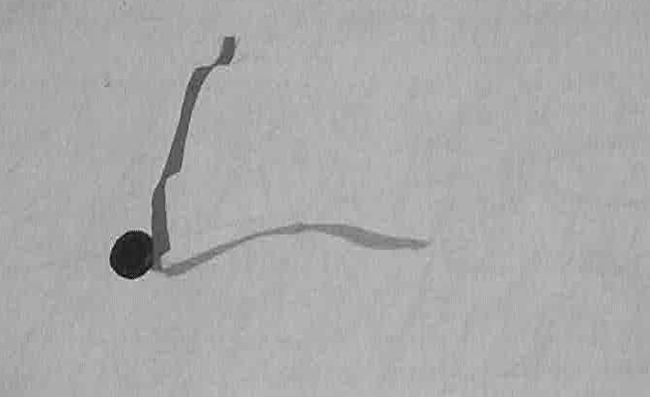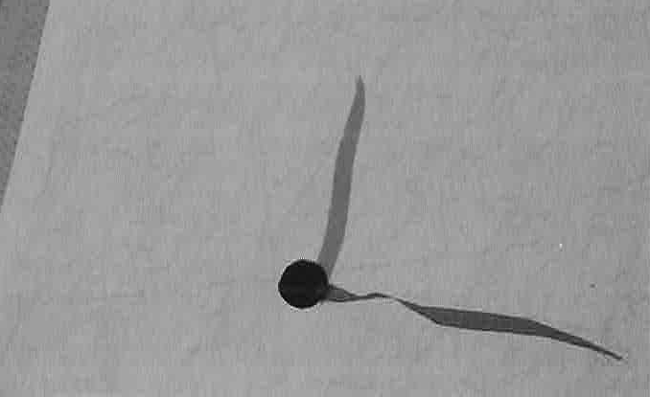Fly With Tell-Tales
Firstly I have to say that I am not an expert on sails but I have learned a little over the years and have to confess to being a compulsive sail 'tweaker'. This appears to be an incurable condition. It means that you are unable to sit in, or on, a sailing boat without looking at how the sails are set. Then you either smile with satisfaction at the beautiful sail shape or wonder how on earth to cure the flapping leech or horrible wrinkles.
In the advanced stages you look at other people's sails and want to shout ‘Haul in your jib’ or ‘Loosen the outhaul and she'll fly!’ I fear I am reaching the advanced stages but regrettably without knowing too many of the answers. Fitting tell-tales to your sails may lead to this condition, so read on at your peril!
‘Why bother with all this sail tweaking?’ you may ask. Sailing is fun and I can generally get the boat to go where I want it to go. Certainly this is a good start and I remember being pretty pleased with myself when I first managed to get the Tinker to sail round a course. but sailing efficiently is much more fun - and faster. You only need to improve your speed by, say, a tenth of a knot to gain 200 yards over a typical hour-long race. The difference between carefully set sails and badly set sails will easily achieve this and more.
So, how do you fit tell-tales to your sails and what do you do with them? For this article I will concentrate on the jib. Fitting them is easy and, unlike most things in sailing, cheap. The simplest solution is to get a piece of dark-coloured, lightweight wool, about 250mm long. Using a needle, thread it through the jib about 150mm back from the luff (front edge of the sail) and half-way up the sail. Ties a knot at each side of the sail so that you have a 'tail' at each side about 125mm long.Fit two more tell-tales (again, about 150mm back from the luff) - one half-way between the first and the top of the sail and one half-way between the first and the bottom of the sail. Alternatively, you can buy proprietary tell-tales from a chandler. These are usually 'colour coded' and can be easier to see but are really no more effective. Two sets of tell tales will be sufficient on a small jib and are probably fine for the big one.
Using the tell-tales is really very easy. It's probably best to first try them when there is a reasonable amount of wind. This is so that the tell-tales fly clearly and move positively. They do work in light winds but it is easier to practise when the movements are really positive.
Start by beating to windward. Sheet in the jib reasonably hard and sail to windward. You will find that if you sail too close to the wind the windward tell-tale will 'lift' (start to rise) and you need to bear away.

If you bear away too much the leeward tell-tale will 'lift' and you will need to luff up.

What you are looking for is to get them all streaming horizontally - but two out of three is not bad!

